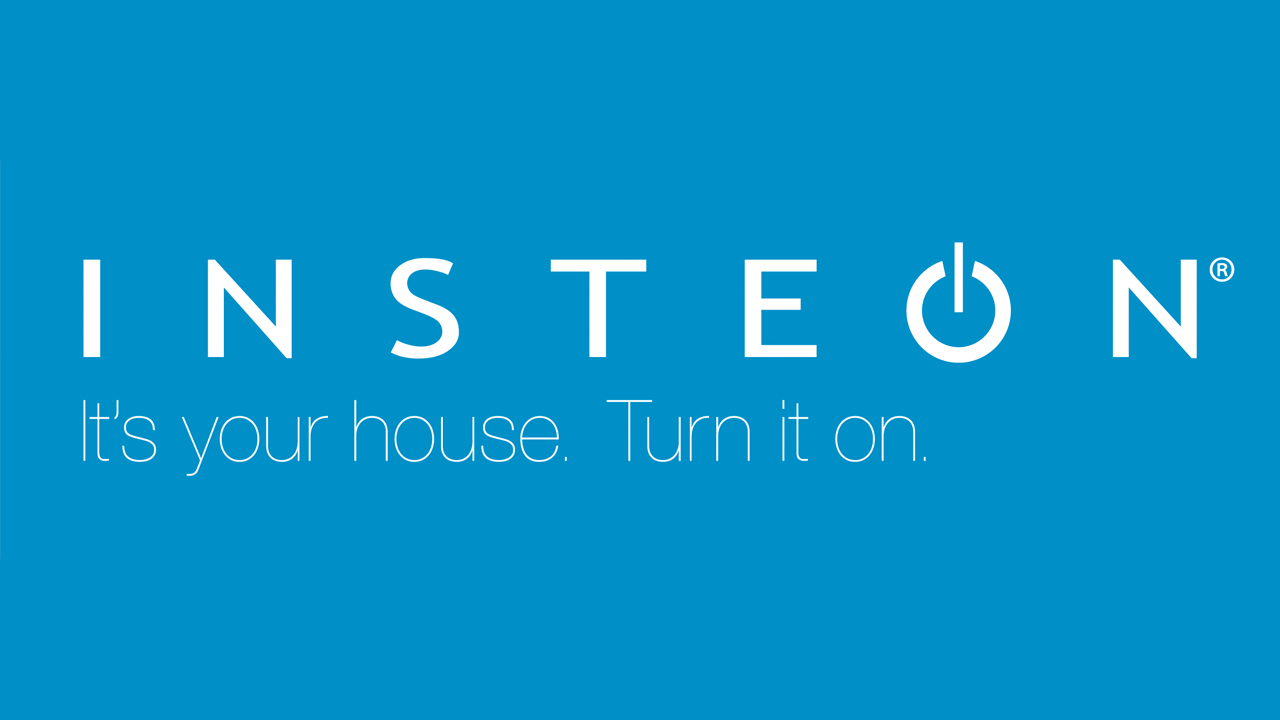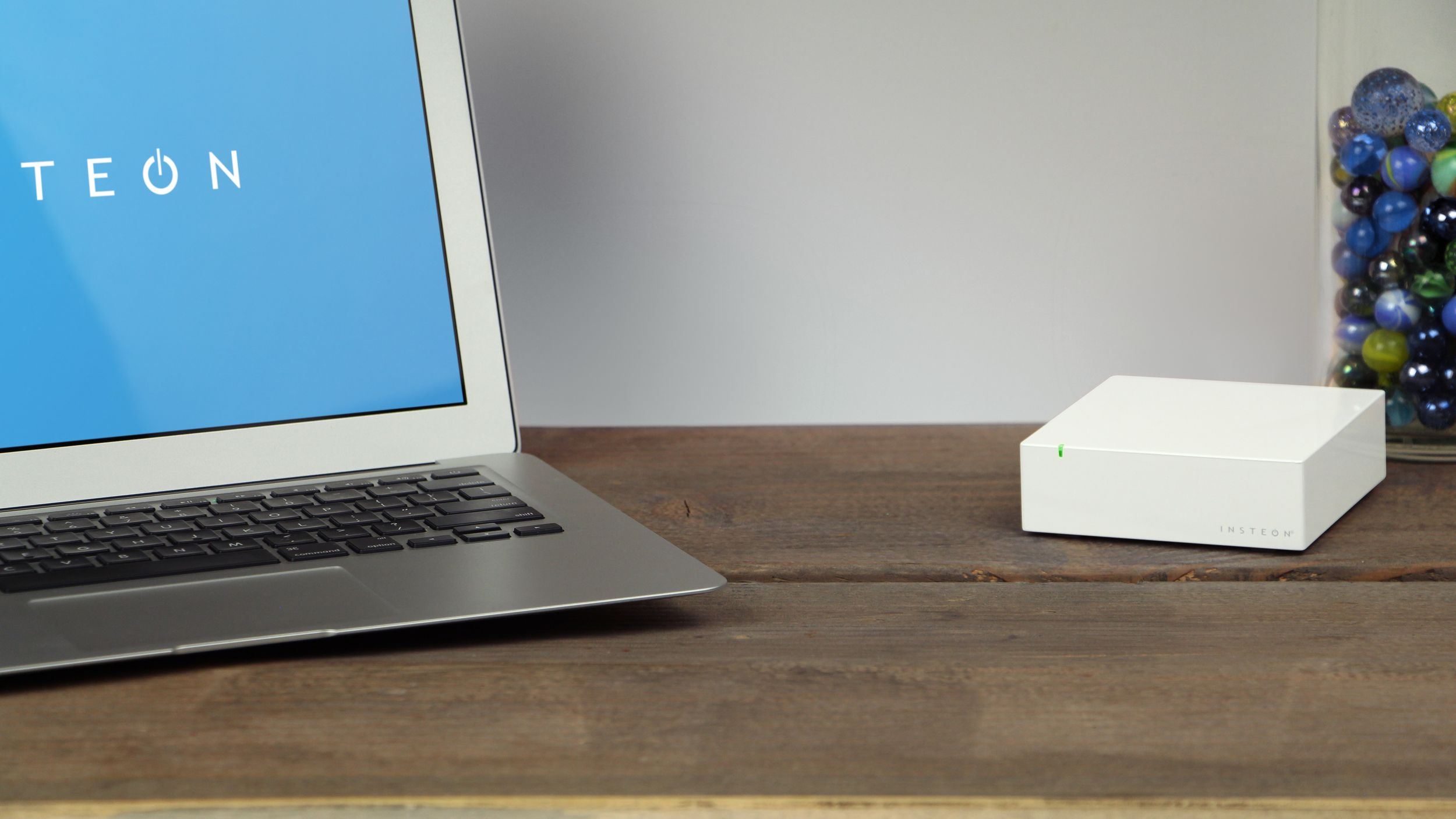Insteon customers forced to rely on open source fixes after apparent collapse of IoT firm
The company has gone dark as top executives sever ties with the company


A large number of users are reporting issues at internet of things (IoT) company Insteon, many fear the company has folded without warning.
Users started reporting issues on Friday involving their connections to Insteon servers failing which left their smart home products unusable. Insteon has yet to make a formal announcement of any issues while its system status page reports no issues.
First investigated by IoT reporter Stacey Higginbotham, Insteon’s community forums appear to be down and a number of its high-profile executives have removed all reference to their Insteon employment from their LinkedIn profiles.
IT Pro has contacted Insteon for clarification but did not receive a response.
Insteon CEO Rob Lilleness has removed all references to his Insteon employment from his profile, nor can any mention of Smartlabs, Insteon’s parent company, be found either.
Lilleness also appears to have taken any identifiable information out of his profile, changing his screen name to ‘Ro L’ and removing his profile image.
Smartlabs’ chief information officer (CIO) Mike Nunes’ profile suggests his employment at the company ended in April 2022, while chief research officer (CRO) Dan Cregg’s profile also shows his time at Insteon ended in April 2022.
Get the ITPro daily newsletter
Sign up today and you will receive a free copy of our Future Focus 2025 report - the leading guidance on AI, cybersecurity and other IT challenges as per 700+ senior executives
Insteon has a broad suite of smart home products in its portfolio ranging from sensors, power outlets, thermostats, home automation, and more - all controlled using the Insteon Hub.

Users have reported in droves that their Insteon apps are no longer working which means they cannot control the rest of their products, including the Insteon Hub which is central to the device ecosystem.
A large portion of the upset is caused by Insteon’s lack of open interoperability with other IoT networks, meaning it’s difficult for users to make their products work when the manufacturer’s servers are down.
Insteon uses a proprietary dual-mesh network protocol that uses wireless signals (not Wi-Fi) and powerline networking - a combination, it said, is better than a Wi-Fi connection alone since the devices could still work if the home internet line is down.
Potential workarounds
Users have taken to social media to discuss potential workarounds to Insteon’s closed source networking in the hope their products would not be rendered useless if the company has indeed folded.
The main piece of advice for owners of Insteon products is to not factory reset their devices because first-time set-up requires a connection to Insteon servers. Resetting Insteon devices that are already set up could mean the device is rendered unrecoverable if the company doesn’t restore its services.
The easiest solution to move away from the Insteon network appears to be with the open-source home automation and device management software Home Assistant. Some users reported being able to use the software and have all their devices aggregated and working again in just a few hours.
Home Assistant currently lists several Insteon products that are compatible with the software, though some are missing, such as thermostats.
The open-source software’s documentation also has step-by-step instructions on how to integrate Insteon devices into Home Assistant.
Some users have reported success using HOOBS which has released a plugin specifically for Insteon users. This method allows users to restore functionality to their Insteon devices and expose them to Apple Homekit, Amazon Alexa, or Google Home to control their devices through smart assistants.
American company HomeSeer also said it offers an alternative to users. It would involve buying a new hub from HomeSeer, connecting it to the Insteon Hub using a specific Insteon plugin, and then controlling the devices through the HomeSeer app.

Connor Jones has been at the forefront of global cyber security news coverage for the past few years, breaking developments on major stories such as LockBit’s ransomware attack on Royal Mail International, and many others. He has also made sporadic appearances on the ITPro Podcast discussing topics from home desk setups all the way to hacking systems using prosthetic limbs. He has a master’s degree in Magazine Journalism from the University of Sheffield, and has previously written for the likes of Red Bull Esports and UNILAD tech during his career that started in 2015.
-
 Bigger salaries, more burnout: Is the CISO role in crisis?
Bigger salaries, more burnout: Is the CISO role in crisis?In-depth CISOs are more stressed than ever before – but why is this and what can be done?
By Kate O'Flaherty Published
-
 Cheap cyber crime kits can be bought on the dark web for less than $25
Cheap cyber crime kits can be bought on the dark web for less than $25News Research from NordVPN shows phishing kits are now widely available on the dark web and via messaging apps like Telegram, and are often selling for less than $25.
By Emma Woollacott Published